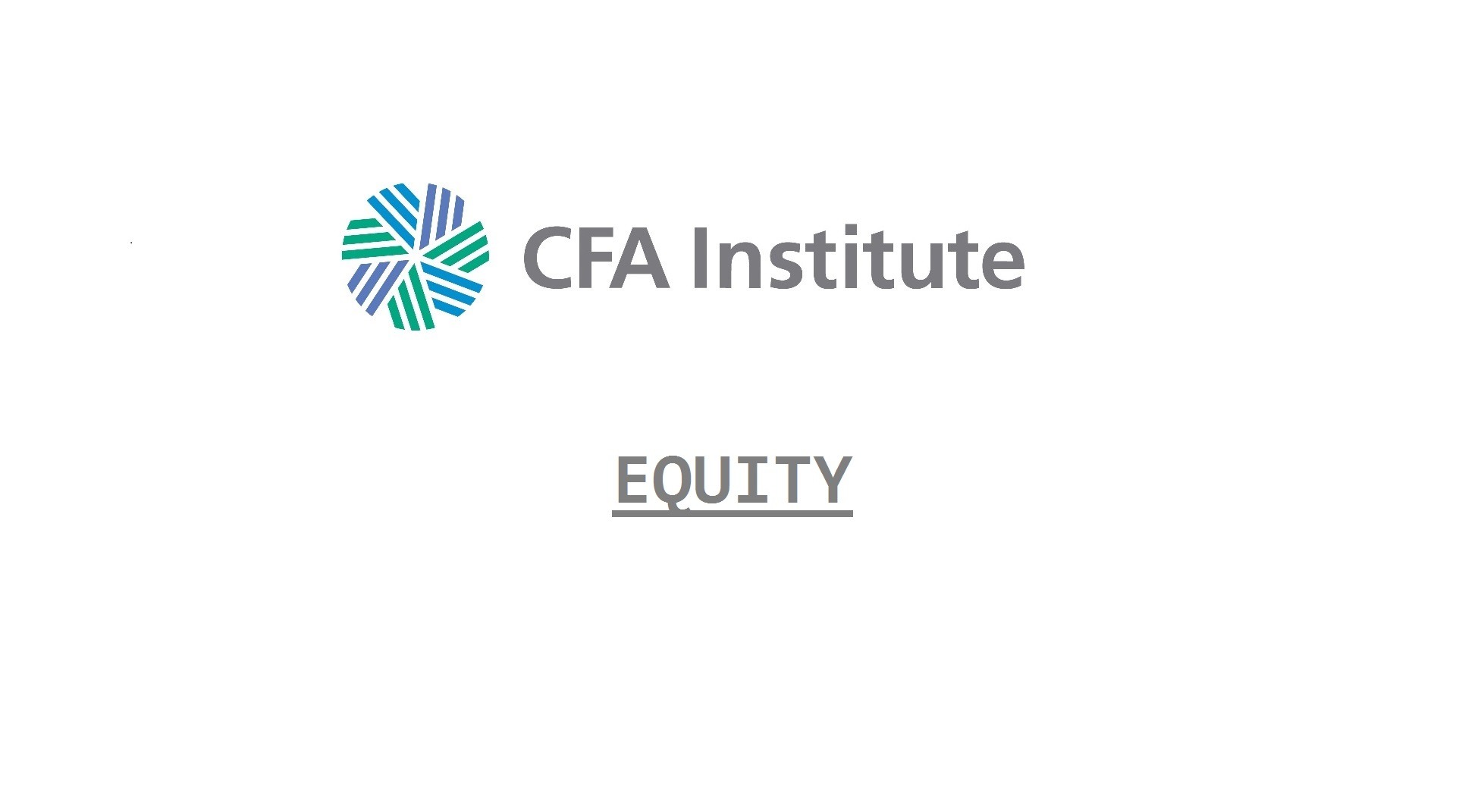Bottom Up Strategies
Bottom-up strategies begin the asset selection process with data at the individual asset and company level, such as price momentum and profitability. Bottom-up quantitative investors harness computer power to apply their models to this asset- and company-level information (with the added requirement that the information be quantifiable)
Quantitative bottom-up managers look for quantifiable relationships between company-level information (e.g., P/E ratio) and expected return that will persist into the future.
Fundamental investors often focus on one or more of the following parameters for a company, either individually or in relation to its peers:
- business model and branding
- competitive advantages
- company management and corporate governance
Value-based approaches attempt to identify securities that are trading below their estimated intrinsic value.
- Relative value: Comparing price multiples such as P/E and P/B to peers.
- Contrarian investing: Purchasing or selling securities against prevailing market sentiment.
- High-quality value: Equal emphasis is placed on both intrinsic value and evidence of financial strength, high quality management, and demonstrated profitability.
- Income investing: Focus is on high dividend yields and positive dividend growth rates.
- Deep-value investing: Focus is on extremely low valuations relative to assets (e.g., low P/B), often due to financial distress.
- Restructuring and distressed debt investing: Investing prior to or during an expected bankruptcy filing. The goal is to release value through restructuring the distressed company or through the company having sufficient assets in liquidation to generate appropriate returns.
- Special situations: Identifies mispricings due to corporate events such as divestures, spin-offs, or mergers.
Growth-based approaches attempt to identify companies with revenues, earnings, or cash flows that are expected to grow faster than their industry or the overall market. Analysts will be less concerned about high valuation multiples and more concerned about the source and persistence of the growth rates of the company. Focus could be on:
- Consistent long-term growth.
- Shorter-term earnings momentum.
- GARP (growth at a reasonable price); looking for growth at a reasonable valuation. Often this strategy will use the P/E-to-growth (PEG) ratio.
